Sergei Ovchinnikov - Measure, Integral, Derivative: A Course on Lebesgues Theory
Here you can read online Sergei Ovchinnikov - Measure, Integral, Derivative: A Course on Lebesgues Theory full text of the book (entire story) in english for free. Download pdf and epub, get meaning, cover and reviews about this ebook. year: 2013, publisher: Springer, genre: Home and family. Description of the work, (preface) as well as reviews are available. Best literature library LitArk.com created for fans of good reading and offers a wide selection of genres:
Romance novel
Science fiction
Adventure
Detective
Science
History
Home and family
Prose
Art
Politics
Computer
Non-fiction
Religion
Business
Children
Humor
Choose a favorite category and find really read worthwhile books. Enjoy immersion in the world of imagination, feel the emotions of the characters or learn something new for yourself, make an fascinating discovery.
- Book:Measure, Integral, Derivative: A Course on Lebesgues Theory
- Author:
- Publisher:Springer
- Genre:
- Year:2013
- Rating:4 / 5
- Favourites:Add to favourites
- Your mark:
Measure, Integral, Derivative: A Course on Lebesgues Theory: summary, description and annotation
We offer to read an annotation, description, summary or preface (depends on what the author of the book "Measure, Integral, Derivative: A Course on Lebesgues Theory" wrote himself). If you haven't found the necessary information about the book — write in the comments, we will try to find it.
This classroom-tested text is intended for a one-semester course in Lebesgues theory. With over 180 exercises, the text takes an elementary approach, making it easily accessible to both upper-undergraduate- and lower-graduate-level students. The three main topics presented are measure, integration, and differentiation, and the only prerequisite is a course in elementary real analysis.
In order to keep the book self-contained, an introductory chapter is included with the intent to fill the gap between what the student may have learned before and what is required to fully understand the consequent text. Proofs of difficult results, such as the differentiability property of functions of bounded variations, are dissected into small steps in order to be accessible to students. With the exception of a few simple statements, all results are proven in the text. The presentation is elementary, where -algebras are not used in the text on measure theory and Dinis derivatives are not used in the chapter on differentiation. However, all the main results of Lebesgues theory are found in the book.
http://online.sfsu.edu/sergei/MID.htm
Sergei Ovchinnikov: author's other books
Who wrote Measure, Integral, Derivative: A Course on Lebesgues Theory? Find out the surname, the name of the author of the book and a list of all author's works by series.

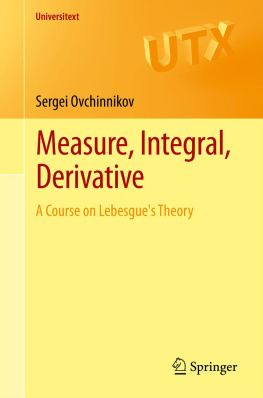


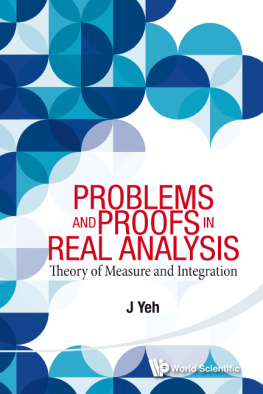
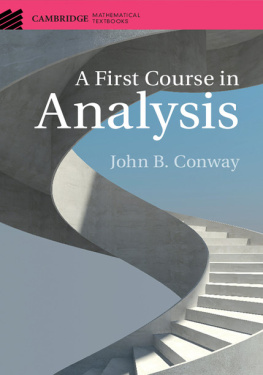
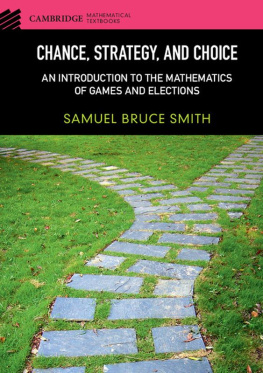
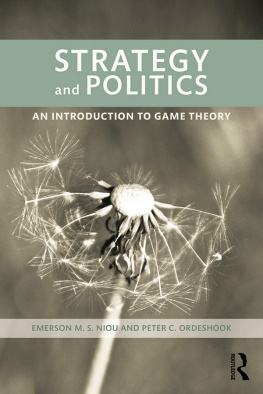
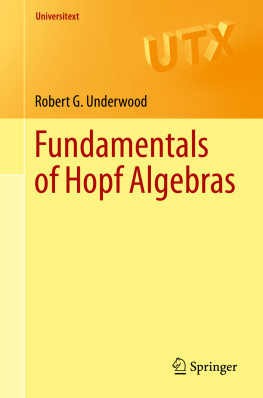
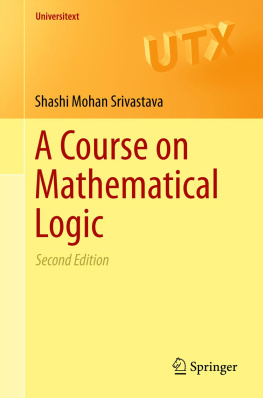
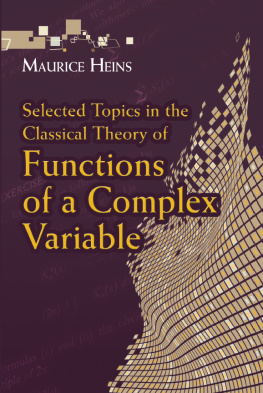
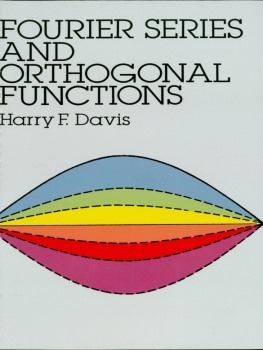
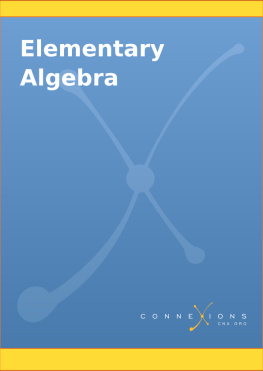








 and a A , we write
and a A , we write  if a = a i for some i J . If J is a subset of the index set J , then the family { a i } i J is called a subfamily of the family { a i } i J .
if a = a i for some i J . If J is a subset of the index set J , then the family { a i } i J is called a subfamily of the family { a i } i J . , a family
, a family  is called a sequence of elements of the set A . It is customary to denote a sequence by ( a n ) or write it as
is called a sequence of elements of the set A . It is customary to denote a sequence by ( a n ) or write it as 
 is an ordered set. Thus the terms of a sequence ( a n ) are linearly ordered by their indices.
is an ordered set. Thus the terms of a sequence ( a n ) are linearly ordered by their indices. be a family of sets, that is, each X i is a set. The intersection and union of
be a family of sets, that is, each X i is a set. The intersection and union of  are defined by
are defined by 

 ,
,  and
and 